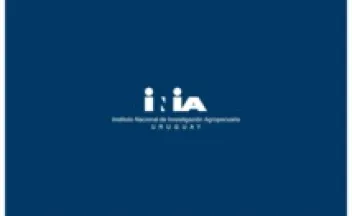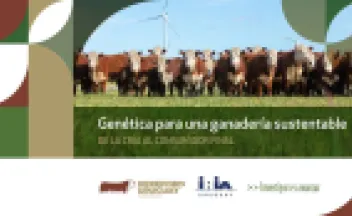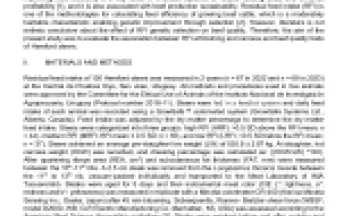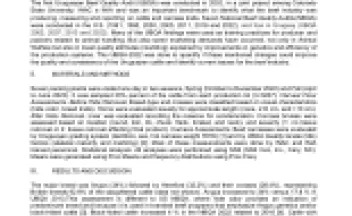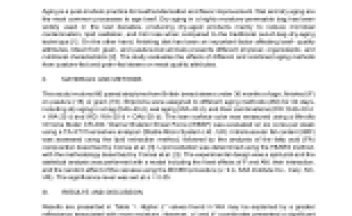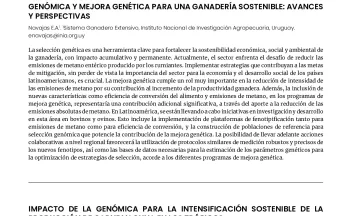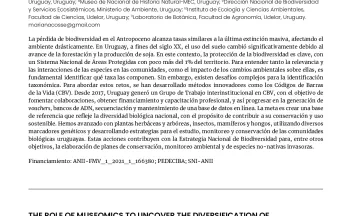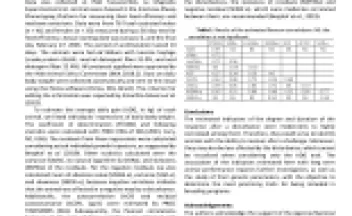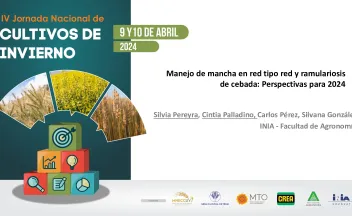Decision support system software to calculate irrigation and nutrient requirements in greenhouse tomato. [resumo+poster].
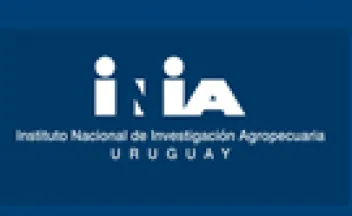
Even though farms have technical capacity to frequently apply nutrients and irrigation according to crop demand, potassium (K) and nitrogen (N) supply and the hydric welfare index were the most important limiting factors responsible of greenhouse tomato yield variability in Uruguay

